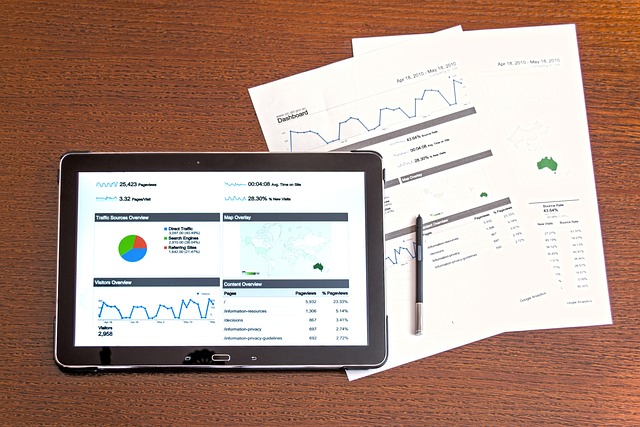AI-driven table turnover optimization uses computer vision to analyze real-time data like occupancy, wait times, and guest movements in hospitality settings. This enables dynamic pricing, optimized seating arrangements, and personalized experiences, leading to reduced wait times, increased revenue, higher customer satisfaction, and enhanced loyalty. While challenges exist regarding data privacy and model accuracy, successful implementation requires robust data governance and high-quality training datasets.
“Discover the transformative power of AI through its cutting-edge application in computer vision. This article explores how businesses can leverage AI-driven table turnover optimization to elevate their operations. We delve into key areas, including an understanding of this technology’s core principles, its diverse business applications, and the compelling benefits it offers. Additionally, we examine challenges and provide insights for successful implementation, ensuring you’re equipped with the knowledge to navigate this revolutionary tool.”
- Understanding AI-Driven Table Turnover Optimization
- Key Applications of Computer Vision in Business
- Benefits and Challenges of AI Computer Vision Implementation
Understanding AI-Driven Table Turnover Optimization

AI-driven table turnover optimization is a game-changer in the hospitality industry, revolutionizing how businesses manage their resources and enhance guest experiences. By leveraging computer vision technologies, AI systems can analyze real-time data from tables, such as occupancy levels, wait times, and guest movements, to make informed decisions. This enables dynamic pricing strategies, where tables are strategically assigned prices based on demand, leading to increased revenue.
Moreover, these intelligent systems can predict table availability and optimize seating arrangements, reducing wait times and improving customer satisfaction. With AI at the helm, establishments can offer personalized experiences by recognizing familiar patrons or VIPs, ensuring they are seated in their preferred areas. This level of customization fosters a sense of loyalty among guests, contributing to higher turnover rates and long-term business success.
Key Applications of Computer Vision in Business

Computer vision, powered by AI, offers a plethora of applications across various industries, revolutionizing business operations and driving efficiency. One of the key areas is AI-driven table turnover optimization, which is especially relevant for hospitality businesses like restaurants and hotels. By leveraging computer vision algorithms, establishments can analyze real-time data from tables, such as occupancy rates, wait times, and customer behavior. This enables them to make data-backed decisions on table allocation, minimizing waiting times and enhancing the overall dining experience.
Moreover, computer vision streamlines inventory management by automatically tracking and monitoring stock levels in warehouses or retail stores. It can detect when products are low or missing, enabling proactive replenishment. In manufacturing, this technology inspects products for defects or anomalies during production lines, ensuring quality control and reducing waste. Computer vision applications are vast and transformative, offering businesses a competitive edge through data-driven insights and operational improvements.
Benefits and Challenges of AI Computer Vision Implementation

The implementation of AI computer vision offers a multitude of benefits for businesses, especially in enhancing operational efficiency and decision-making processes. One significant advantage is its potential to revolutionize table turnover optimization in restaurants and hospitality settings. Through advanced visual analysis, AI systems can monitor and interpret real-time data from tables, such as the number of guests, their interactions, and duration at a table. This enables businesses to dynamically allocate resources, manage seating arrangements, and predict customer flow, thereby reducing wait times and enhancing overall guest satisfaction.
However, challenges exist when adopting AI computer vision technologies. Data privacy and security concerns are paramount, as these systems often rely on extensive visual data collection. Ensuring the secure handling and storage of such data is crucial to maintaining customer trust. Additionally, the accuracy and reliability of AI models heavily depend on the quality and diversity of training datasets. Bias in data or insufficient representation can lead to flawed predictions, impacting business decisions negatively. Overcoming these challenges through robust data governance practices and diverse dataset curation is essential for successful and ethical AI-driven table turnover optimization.
AI-driven table turnover optimization has the potential to revolutionize business operations by enhancing efficiency and customer experience. Computer vision applications, from inventory management to predictive maintenance, offer significant advantages such as cost savings, improved resource allocation, and enhanced decision-making. However, challenges like data privacy concerns, initial implementation costs, and the need for specialized skills must be addressed. As businesses embrace AI computer vision, understanding these benefits and obstacles is crucial for navigating this transformative technology in a competitive market.
